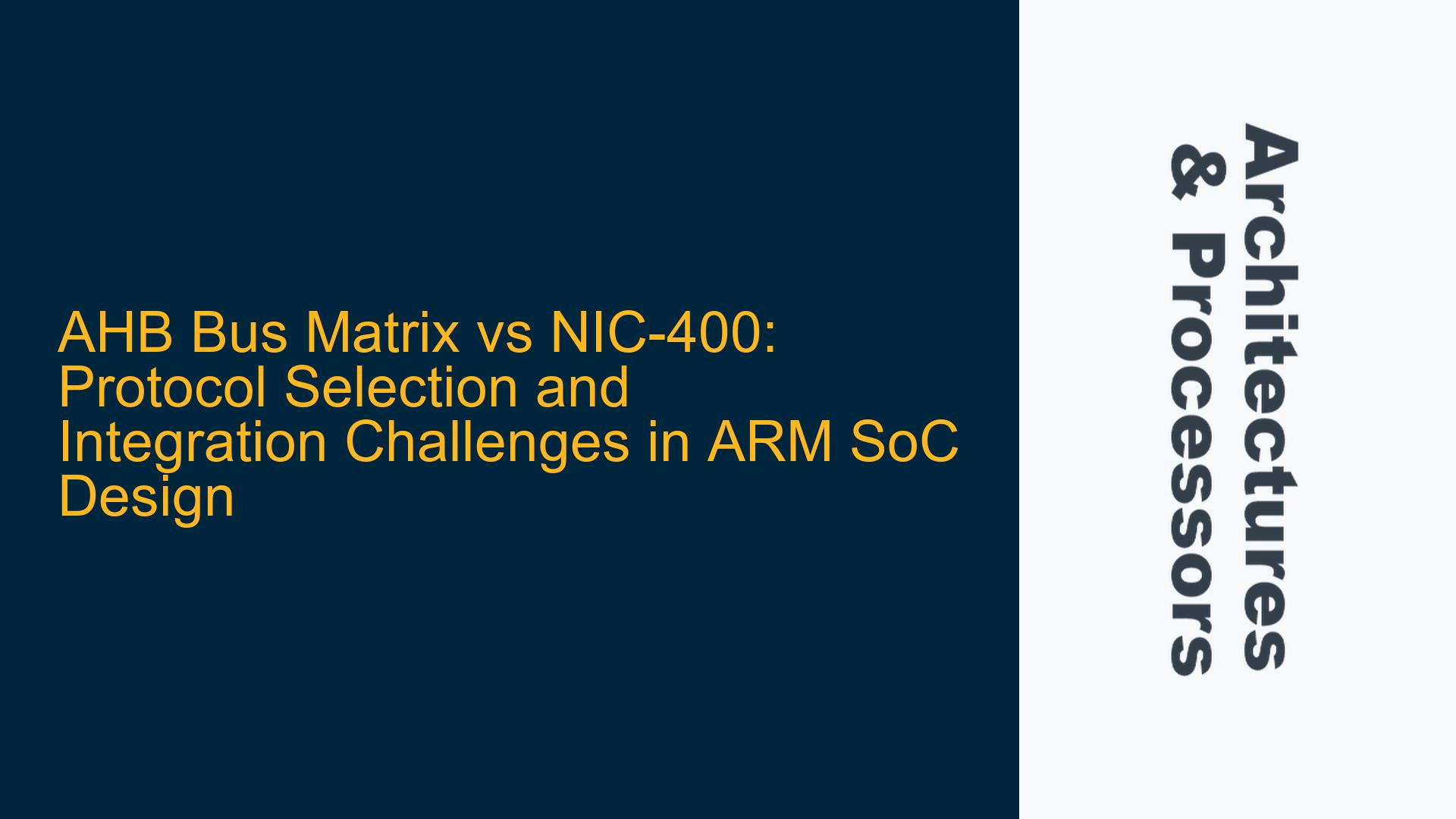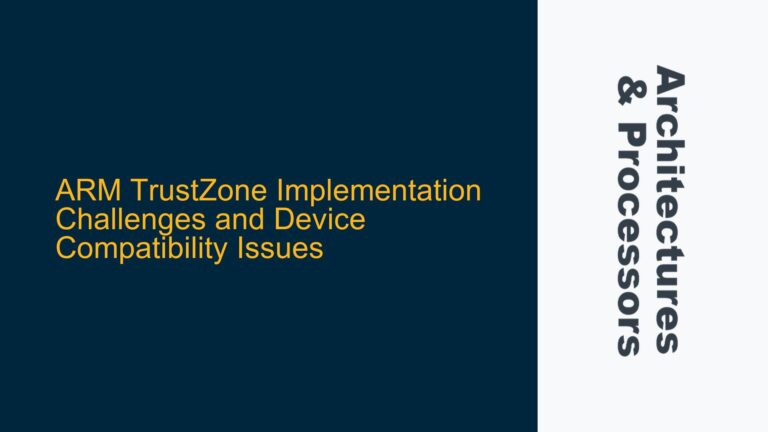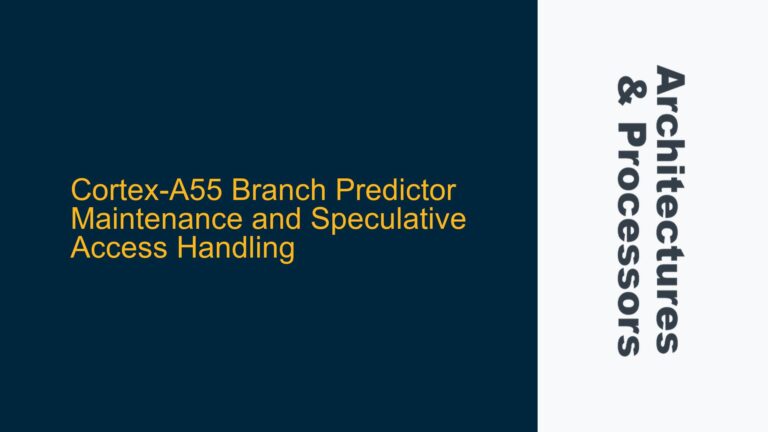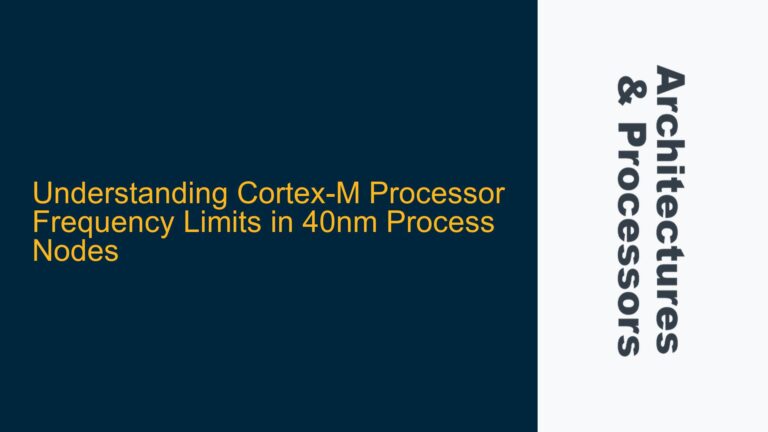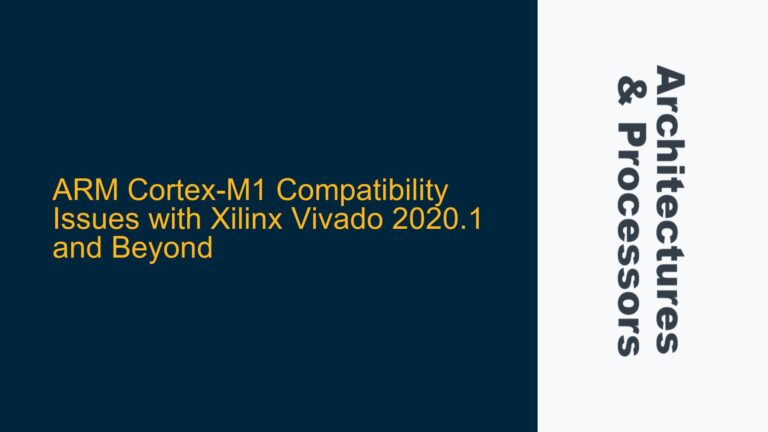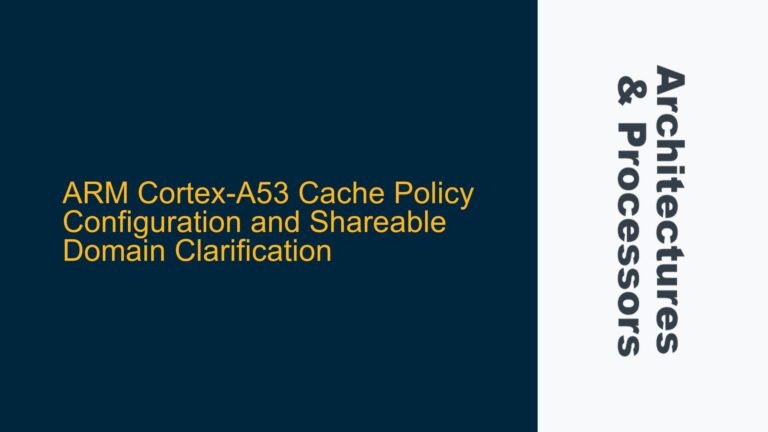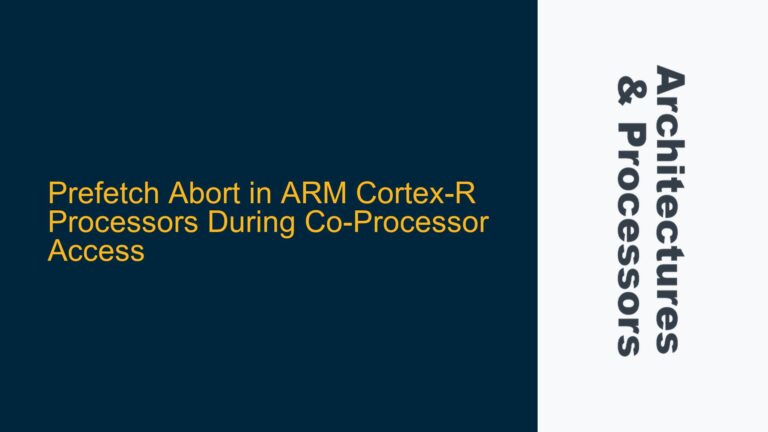AHB Bus Matrix Limitations in Socrates System Specification Generator
The Socrates System Specification Generator, a tool widely used in ARM-based SoC design, does not natively support the AHB Bus Matrix, a critical component for many legacy and modern ARM designs. This limitation forces designers to evaluate alternative interconnect solutions, such as the NIC-400, which is AXI-based. The AHB Bus Matrix has been a staple in ARM architectures for its simplicity and efficiency in handling multiple masters and slaves within the AHB protocol. However, its absence in Socrates raises questions about its future viability and the implications for SoC design workflows.
The AHB Bus Matrix is particularly valued for its deterministic latency and low overhead, making it ideal for real-time systems and designs where timing predictability is paramount. Its architecture allows for parallel transactions between different master-slave pairs, which is crucial for maintaining high throughput in complex systems. Despite these advantages, the lack of support in Socrates suggests a shift in industry focus towards more modern interconnect protocols like AXI, which offer higher bandwidth and more advanced features.
In contrast, the NIC-400, while AXI-based, includes protocol conversion bridges that allow it to interface with AHB-lite components. This flexibility makes NIC-400 a versatile choice for mixed-protocol designs, but it also introduces additional complexity and potential latency issues due to the protocol conversion process. The decision to use NIC-400 over the AHB Bus Matrix must therefore consider the specific requirements of the design, including the need for protocol conversion, the criticality of latency, and the overall system architecture.
Protocol Conversion Overhead and Latency Implications
One of the primary concerns when choosing between the AHB Bus Matrix and NIC-400 is the overhead associated with protocol conversion. The AHB Bus Matrix operates natively within the AHB protocol, eliminating the need for any conversion when interfacing with AHB components. This native operation ensures minimal latency and predictable timing, which are critical for real-time applications and systems with stringent timing requirements.
NIC-400, being AXI-based, requires protocol conversion when interfacing with AHB components. This conversion process introduces additional latency and complexity, as data must be translated between the AHB and AXI protocols. The conversion bridges within NIC-400 handle this translation, but the process inherently adds delay and can impact overall system performance. In designs where latency is a critical factor, this overhead can be a significant drawback.
Moreover, the protocol conversion process can also introduce potential points of failure and increase the verification burden. Ensuring that data is correctly translated between protocols requires thorough testing and validation, which can extend the design cycle and increase development costs. Designers must weigh these factors against the benefits of using NIC-400, such as its higher bandwidth and support for more advanced features.
In addition to latency and complexity, the choice between AHB Bus Matrix and NIC-400 also impacts the overall system architecture. Designs that predominantly use AHB components may find the AHB Bus Matrix more suitable, as it avoids the need for protocol conversion and maintains a simpler, more streamlined architecture. Conversely, designs that incorporate a mix of AHB and AXI components may benefit from the flexibility offered by NIC-400, despite the additional overhead.
Optimal Interconnect Selection and Integration Strategies
Selecting the optimal interconnect for an ARM-based SoC involves a careful evaluation of the design requirements, including the protocol preferences of connected components, latency considerations, and the overall system architecture. For designs that primarily use AHB components, the AHB Bus Matrix remains a strong candidate due to its native support for the AHB protocol and its deterministic latency characteristics. However, the lack of support in Socrates may necessitate alternative approaches, such as using AHB Bus Matrix components from the SIE-200 or CMSDK elements of the Socrates IP Catalog.
For mixed-protocol designs, NIC-400 offers a compelling solution with its built-in protocol conversion bridges. While this introduces additional latency and complexity, the flexibility to interface with both AHB and AXI components can be a significant advantage. Designers must carefully consider the trade-offs and ensure that the benefits of using NIC-400 outweigh the potential drawbacks.
In cases where there is no clear preference for either protocol, NIC-400 may be the more versatile choice. Its ability to handle both AHB and AXI components, along with its higher bandwidth and advanced features, makes it a robust option for a wide range of designs. However, designers should be mindful of the additional verification and validation efforts required to ensure correct operation across protocol boundaries.
Ultimately, the decision between AHB Bus Matrix and NIC-400 should be guided by a thorough analysis of the design requirements and a clear understanding of the implications of each choice. By carefully evaluating the trade-offs and considering the specific needs of the design, designers can select the interconnect solution that best meets their objectives and ensures optimal performance and reliability.
Detailed Analysis of AHB Bus Matrix and NIC-400 Features
To further understand the implications of choosing between the AHB Bus Matrix and NIC-400, it is essential to delve into the specific features and capabilities of each interconnect solution. The AHB Bus Matrix is designed to facilitate efficient communication between multiple masters and slaves within the AHB protocol. Its architecture allows for parallel transactions, enabling high throughput and low latency in systems with multiple active components. The deterministic nature of the AHB Bus Matrix makes it particularly suitable for real-time applications where timing predictability is crucial.
NIC-400, on the other hand, is built on the AXI protocol, which offers higher bandwidth and more advanced features compared to AHB. NIC-400 supports multiple channels, allowing for concurrent read and write operations, and includes features such as out-of-order transaction completion and quality of service (QoS) prioritization. These capabilities make NIC-400 a powerful choice for complex, high-performance systems. However, the AXI protocol’s complexity and the need for protocol conversion when interfacing with AHB components introduce additional challenges that must be carefully managed.
The following table provides a comparative overview of the key features of the AHB Bus Matrix and NIC-400:
| Feature | AHB Bus Matrix | NIC-400 |
|---|---|---|
| Protocol | AHB | AXI |
| Parallel Transactions | Yes | Yes |
| Deterministic Latency | Yes | No |
| Protocol Conversion | Not required | Required for AHB components |
| Bandwidth | Moderate | High |
| Advanced Features | Limited | Out-of-order, QoS, multiple channels |
| Complexity | Low | High |
| Verification Effort | Moderate | High |
This comparison highlights the trade-offs between the two interconnect solutions. The AHB Bus Matrix offers simplicity and deterministic latency, making it ideal for real-time systems. NIC-400, with its higher bandwidth and advanced features, is better suited for complex, high-performance designs but requires careful management of protocol conversion and increased verification efforts.
Implementation Considerations for AHB Bus Matrix and NIC-400
When implementing the AHB Bus Matrix or NIC-400 in an ARM-based SoC, several key considerations must be taken into account to ensure optimal performance and reliability. For the AHB Bus Matrix, the primary focus should be on maintaining low latency and ensuring efficient communication between multiple masters and slaves. This involves careful configuration of the bus matrix to minimize contention and maximize throughput. Designers should also consider the use of arbitration schemes that prioritize critical transactions and ensure fair access to shared resources.
For NIC-400, the implementation process is more complex due to the need for protocol conversion and the management of advanced AXI features. Designers must carefully configure the protocol conversion bridges to ensure seamless communication between AHB and AXI components. This includes setting appropriate address mappings, managing data widths, and ensuring correct handling of burst transactions. Additionally, the advanced features of NIC-400, such as out-of-order transaction completion and QoS prioritization, must be configured to meet the specific requirements of the design.
In both cases, thorough verification and validation are essential to ensure correct operation and identify potential issues early in the design cycle. For the AHB Bus Matrix, this includes testing for contention scenarios, verifying arbitration schemes, and ensuring correct handling of burst transactions. For NIC-400, the verification process is more extensive and includes testing protocol conversion, validating advanced AXI features, and ensuring correct operation across protocol boundaries.
Verification Strategies for AHB Bus Matrix and NIC-400
Effective verification is critical to ensuring the correct operation of the AHB Bus Matrix and NIC-400 in an ARM-based SoC. For the AHB Bus Matrix, the verification strategy should focus on testing the core functionality of the bus matrix, including arbitration, data transfer, and contention handling. This involves creating test scenarios that simulate real-world usage patterns and stress the bus matrix to identify potential bottlenecks or issues.
For NIC-400, the verification strategy must address the additional complexity introduced by protocol conversion and advanced AXI features. This includes testing the protocol conversion bridges to ensure correct translation between AHB and AXI protocols, as well as validating the operation of advanced features such as out-of-order transaction completion and QoS prioritization. The verification process should also include stress testing to identify potential issues under high load conditions and ensure robust operation.
In both cases, the use of industry-standard verification methodologies, such as Universal Verification Methodology (UVM), can help streamline the verification process and ensure comprehensive coverage. UVM provides a structured approach to verification, enabling the creation of reusable testbenches and the efficient management of test scenarios. By leveraging UVM, designers can reduce the time and effort required for verification while ensuring thorough testing of the AHB Bus Matrix and NIC-400.
Conclusion
The choice between the AHB Bus Matrix and NIC-400 in ARM-based SoC design involves careful consideration of the specific requirements of the design, including protocol preferences, latency considerations, and overall system architecture. The AHB Bus Matrix offers simplicity and deterministic latency, making it ideal for real-time systems, while NIC-400 provides higher bandwidth and advanced features, making it suitable for complex, high-performance designs. However, the lack of support for the AHB Bus Matrix in the Socrates System Specification Generator and the additional complexity introduced by NIC-400’s protocol conversion must be carefully managed.
By thoroughly evaluating the trade-offs and implementing effective verification strategies, designers can select the interconnect solution that best meets their objectives and ensures optimal performance and reliability in their ARM-based SoC designs.
